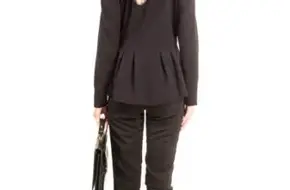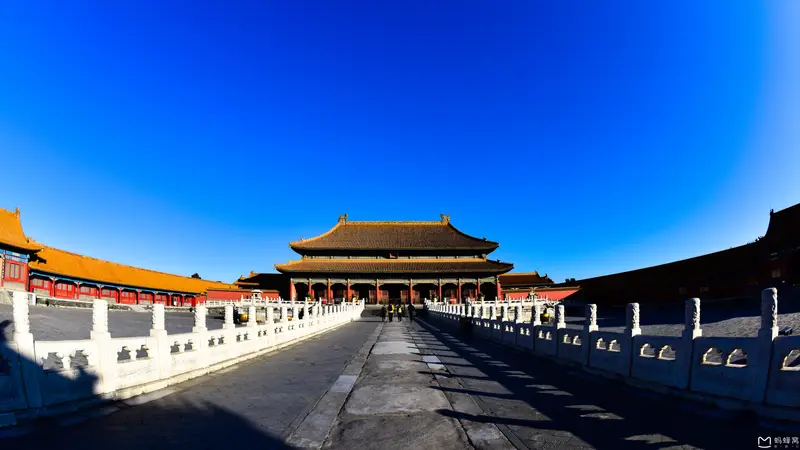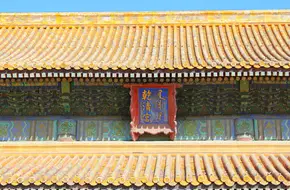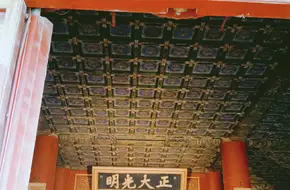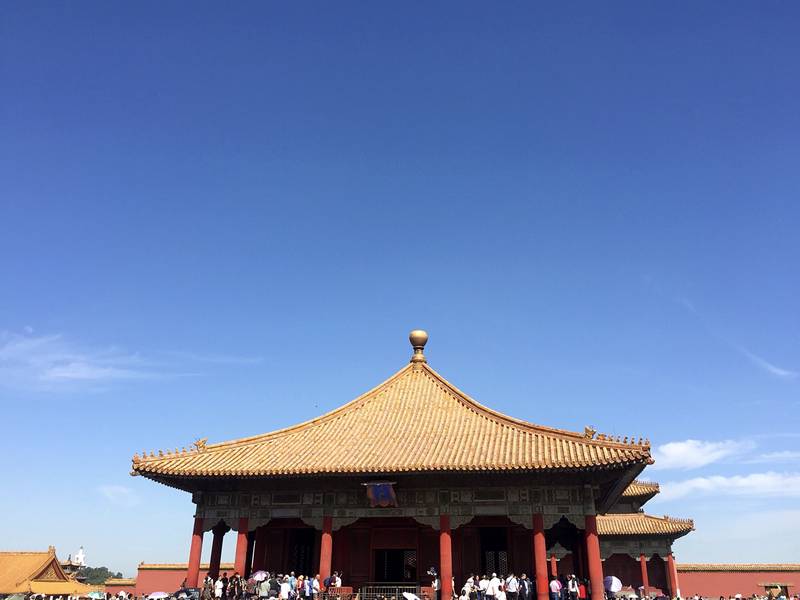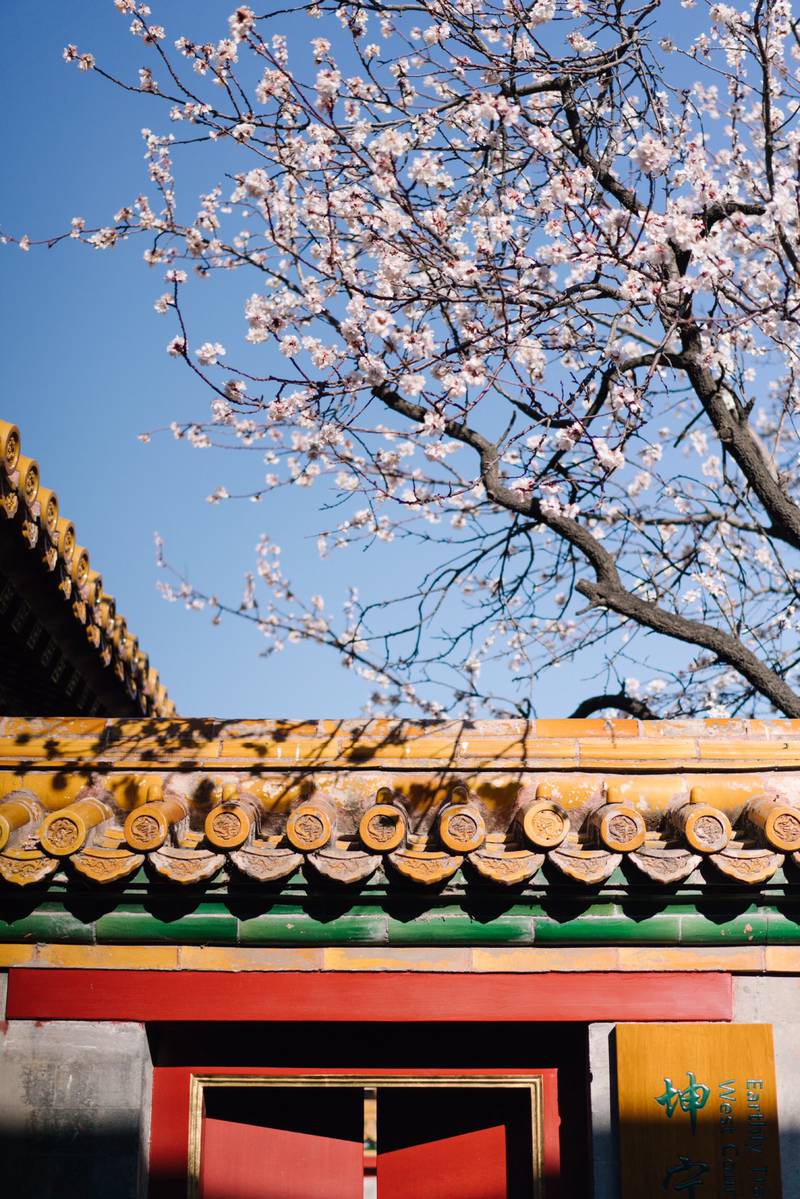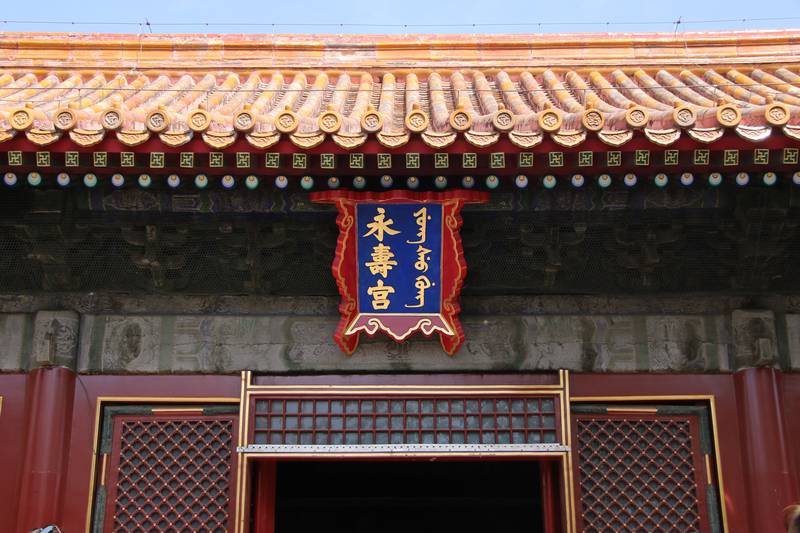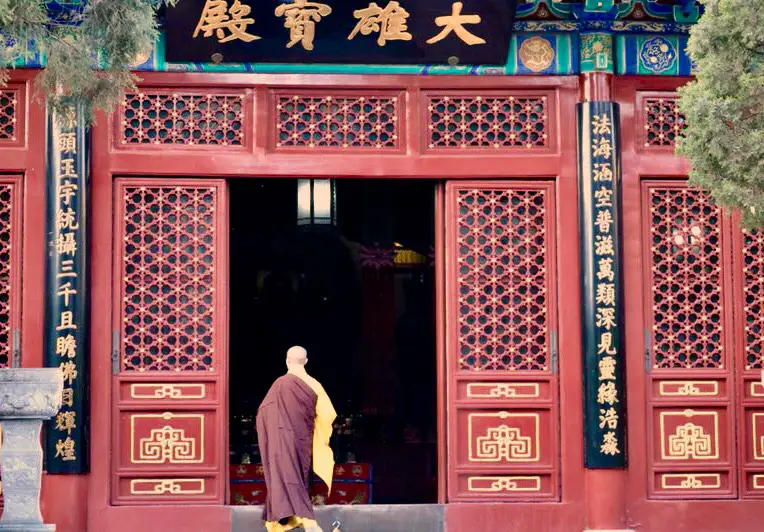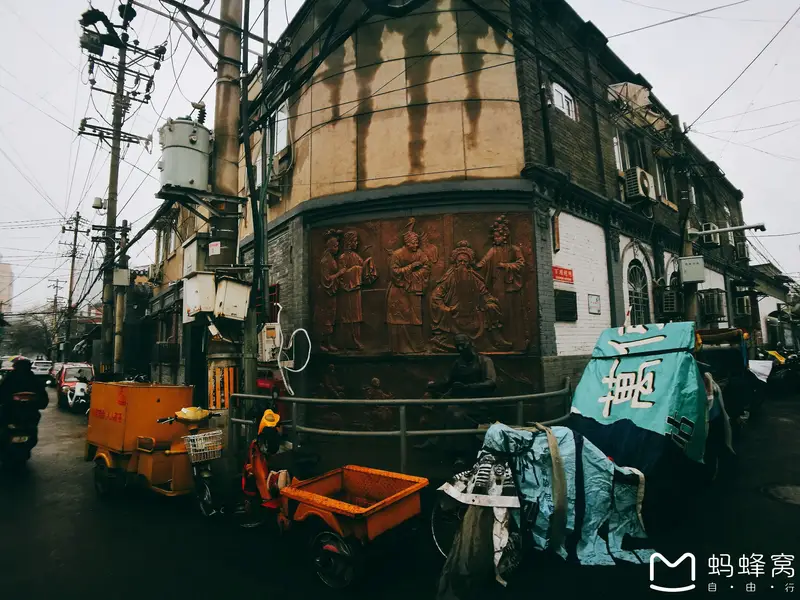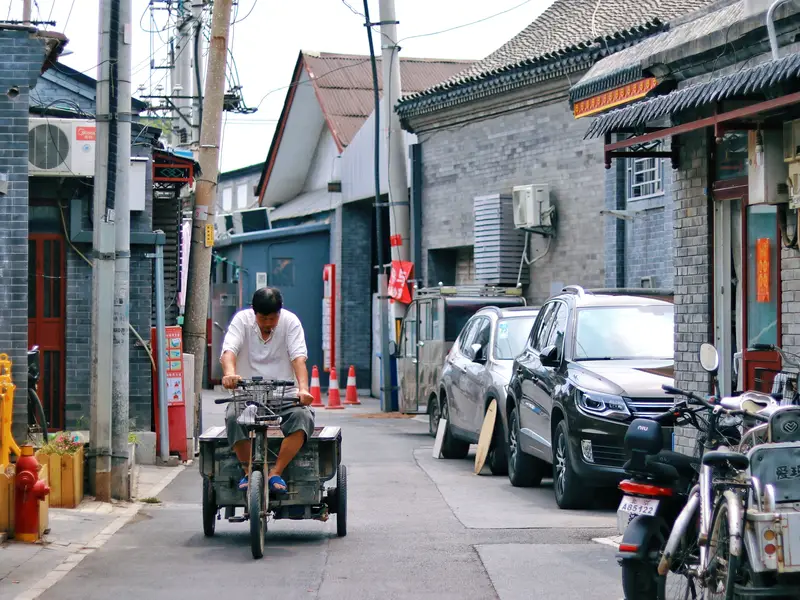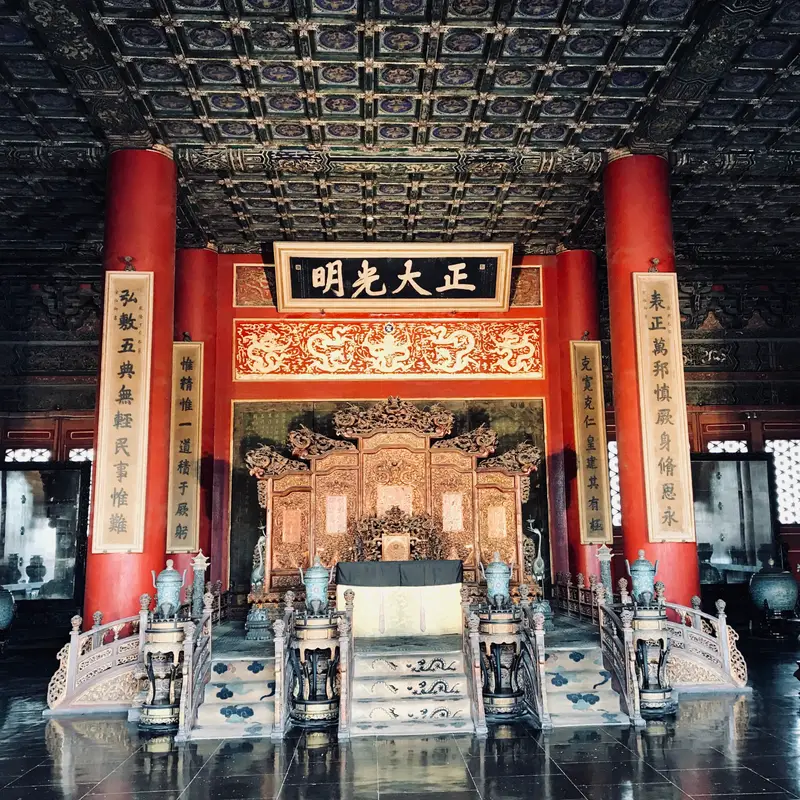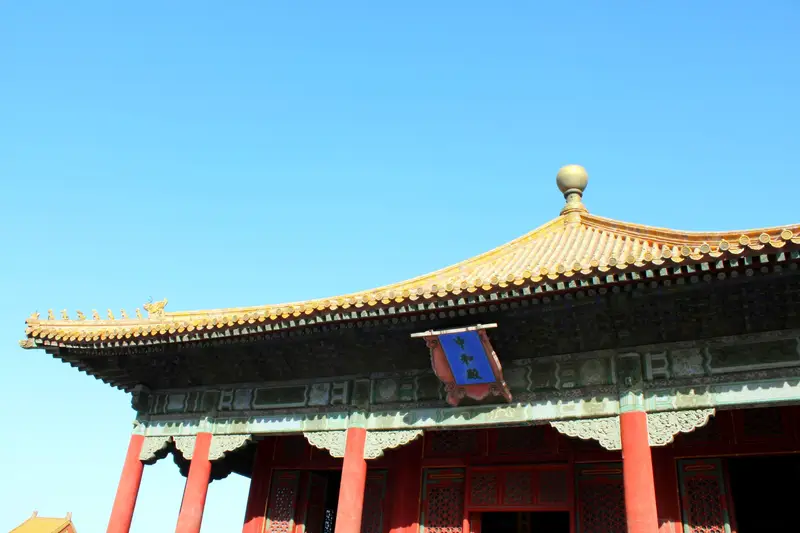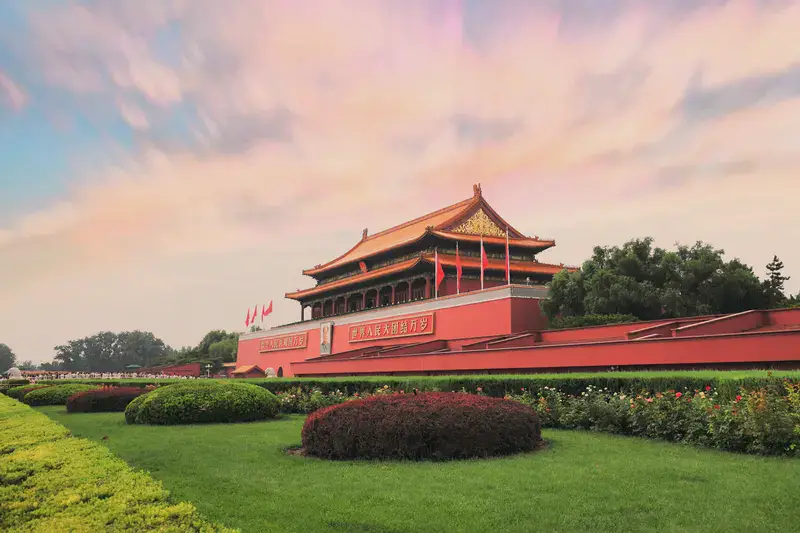Location and Transportation
The Palace of Heavenly Purity, also known as Qianqing Palace, is located in the heart of the Forbidden City in Beijing, China. It’s easily accessible by public transportation. The nearest subway station is Tiananmen East on Line 1, from which you can walk through Tiananmen Square and enter the Forbidden City through the Meridian Gate. Alternatively, you can take a taxi or ride-sharing service directly to the Forbidden City’s entrance.
Natural Landscape
While the Palace of Heavenly Purity itself is a man-made structure, it’s surrounded by beautiful traditional Chinese gardens and courtyards. The palace sits on a raised platform, giving visitors a commanding view of the surrounding area. The carefully manicured trees and shrubs, along with the occasional flower bed, add a touch of nature to this historic site.
Cultural Significance
The Palace of Heavenly Purity holds immense cultural importance as it served as the residence of emperors during the Ming and Qing dynasties. It was here that emperors handled daily affairs and held private meetings. The palace’s architecture reflects traditional Chinese design principles, with its golden roof tiles, red walls, and intricate carvings symbolizing imperial power and prosperity.
Architectural Features
The palace is a masterpiece of Chinese architecture. Its most striking feature is the double-eaved hip-and-gable roof, covered with yellow glazed tiles. The interior is equally impressive, with beautifully painted beams and columns. The throne room, located in the center of the palace, is particularly noteworthy for its grandeur and attention to detail.
Historical Artifacts
Inside the Palace of Heavenly Purity, visitors can see various historical artifacts that offer a glimpse into the life of Chinese emperors. These include ancient furniture, ceremonial objects, and imperial seals. Each item tells a story about the palace’s rich history and the people who once lived and worked here.
Nearby Attractions
The Palace of Heavenly Purity is just one of many attractions within the Forbidden City. Nearby, you can visit the Hall of Union, the Palace of Earthly Tranquility, and the Imperial Garden. Each of these sites offers a unique perspective on Chinese imperial life and architecture.
Facilities and Amenities
The Forbidden City is well-equipped to handle tourists. There are restrooms, drinking water stations, and several gift shops where you can purchase souvenirs. For those who need a break, there are several seating areas throughout the complex. Guided tours are available in multiple languages, and audio guides can be rented for self-guided exploration.
Visiting Experience
Visiting the Palace of Heavenly Purity is a truly immersive experience. As you walk through its halls, you can almost feel the weight of history surrounding you. The palace’s grandeur is awe-inspiring, and the detailed explanations provided by guides or audio tours help bring its story to life. It’s recommended to visit early in the day to avoid crowds and fully appreciate the palace’s atmosphere.
Tips for Visitors
To make the most of your visit, wear comfortable shoes as there’s a lot of walking involved. Bring water and sunscreen, especially during summer months. Photography is allowed, but flash is prohibited to protect the artifacts. Lastly, try to visit during weekdays to avoid the weekend rush.
The Palace of Heavenly Purity offers a unique opportunity to step back in time and experience the grandeur of China’s imperial past. Its combination of stunning architecture, rich history, and cultural significance makes it a must-visit destination for anyone traveling to Beijing.

